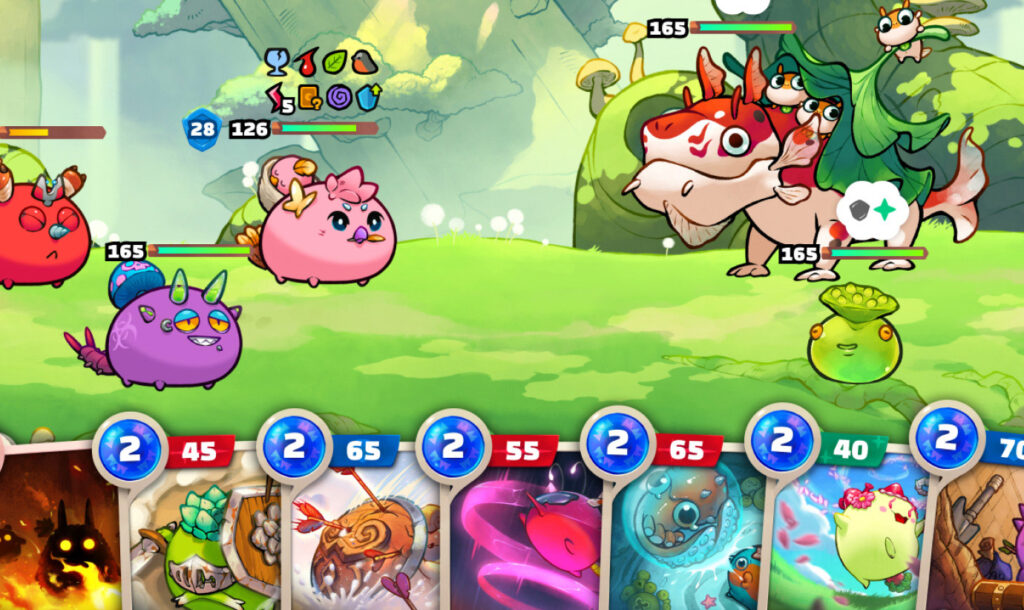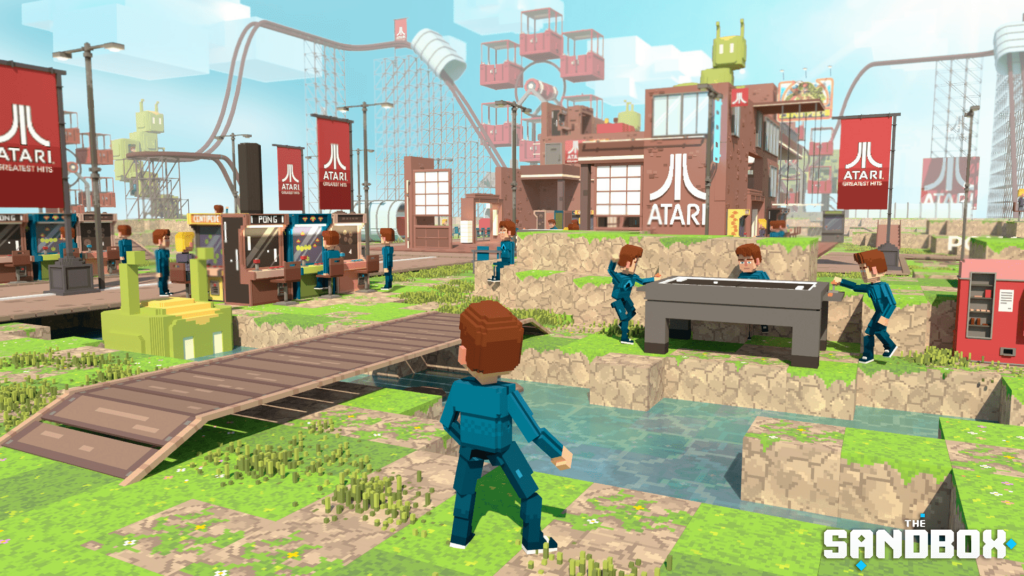Blockchain Game Build: Step-by-Step Guide to Innovative Development
The gaming industry has witnessed a paradigm shift with the advent of blockchain technology, enabling developers to create decentralized, transparent, and secure gaming experiences. This article provides a comprehensive, step-by-step guide to building a blockchain game, focusing on innovative development practices, real-world examples, and the technical intricacies involved in the process.
Understanding Blockchain Technology in Gaming
Blockchain technology is a decentralized ledger system that records transactions across multiple computers. This technology ensures that the recorded transactions cannot be altered retroactively, providing a high level of security and transparency. In the context of gaming, blockchain can facilitate true ownership of in-game assets, enable decentralized finance (DeFi) mechanisms, and create unique gaming experiences through non-fungible tokens (NFTs).
According to a report by DappRadar, the blockchain gaming sector generated over $4 billion in revenue in 2021, with a significant increase in user engagement and transaction volume. This growth underscores the potential of blockchain technology to revolutionize the gaming industry (DappRadar, 2021).
Step 1: Conceptualizing Your Game
Defining the Game Mechanics
The first step in building a blockchain game is to define the core mechanics. This includes determining the genre (e.g., RPG, strategy, simulation), gameplay style, and the role of blockchain within the game. For instance, in games like Axie Infinity, players breed and battle creatures called Axies, which are represented as NFTs. This model not only enhances player engagement but also allows for real-world economic implications.

Axie Infinity allows you to create, battle, and trade NFT creatures.
Identifying Target Audience
Understanding your target audience is crucial for the success of your game. Conduct market research to identify demographics, preferences, and gaming habits. Tools like Google Trends and social media analytics can provide insights into player interests and emerging trends in the gaming community.
Step 2: Choosing the Right Blockchain Platform
Choosing the appropriate blockchain platform is critical for your game’s performance and scalability. Popular platforms include Ethereum, Binance Smart Chain, and Polygon. Each platform has its own advantages and disadvantages:
- Ethereum: The most widely used platform for NFTs and decentralized applications (dApps), but it faces scalability issues and high gas fees.
- Binance Smart Chain: Offers lower transaction fees and faster confirmation times, making it suitable for high-volume games.
- Polygon: A layer-2 scaling solution for Ethereum that enhances transaction speed and reduces costs.
According to a report by ConsenSys, Ethereum accounted for over 90% of NFT transactions in 2021, highlighting its dominance in the blockchain gaming space (ConsenSys, 2021).
Step 3: Designing the Game Architecture
Smart Contracts
Smart contracts are self-executing contracts with the terms of the agreement directly written into code. They are essential for managing in-game assets, transactions, and player interactions. Developers must write and deploy smart contracts using programming languages like Solidity (for Ethereum) or Vyper.
For example, in Decentraland, smart contracts govern land ownership and transactions, allowing players to buy, sell, and trade virtual real estate securely.
Game Client and Server Architecture
The game client is the interface through which players interact with the game, while the server handles game logic and data storage. In a blockchain game, the server may also interact with the blockchain to verify transactions and manage assets. Developers can use frameworks like Unity or Unreal Engine for the game client, while Node.js or Python can be used for server-side development.
Step 4: Developing the Game
Frontend Development
The frontend of the game is crucial for user experience. Developers should focus on creating an intuitive interface that allows players to easily navigate the game and manage their assets. Technologies like React.js or Vue.js can be employed for building responsive web applications.
Backend Development
The backend is responsible for handling game logic, player data, and interactions with the blockchain. Developers can use RESTful APIs or GraphQL to facilitate communication between the frontend and backend. Additionally, integrating a wallet service like MetaMask allows players to manage their cryptocurrencies and NFTs seamlessly.
Step 5: Testing and Deployment
Quality Assurance
Thorough testing is essential to ensure the game functions as intended. This includes unit testing for smart contracts, functional testing for game mechanics, and user acceptance testing (UAT) to gather feedback from real players. Tools like Truffle and Hardhat can assist in testing smart contracts effectively.
Deployment
Once testing is complete, the game can be deployed on the chosen blockchain platform. Developers must ensure that all smart contracts are audited to prevent vulnerabilities and exploits. Platforms like CertiK and OpenZeppelin offer auditing services to enhance security.
Step 6: Marketing and Community Building
Marketing is crucial for the success of a blockchain game. Developers should leverage social media, gaming forums, and influencer partnerships to create buzz around the game. Building a community on platforms like Discord or Telegram can foster player engagement and loyalty.
Additionally, implementing a tokenomics model that rewards players for participation can incentivize engagement. For instance, games like The Sandbox utilize a dual-token system, where players earn SAND tokens for in-game activities, which can be traded or used for governance.
Real-World Examples of Successful Blockchain Games
Several blockchain games have successfully implemented these steps, showcasing the potential of this technology:
- Axie Infinity: A play-to-earn game that allows players to breed, battle, and trade creatures called Axies. The game has generated over $1 billion in revenue since its launch in 2018.
- Decentraland: A virtual reality platform where users can create, experience, and monetize content and applications. The platform has seen land sales exceeding $100 million in 2021.
- The Sandbox: A decentralized gaming platform that allows users to create, own, and monetize their gaming experiences. The game raised $93 million in a funding round led by SoftBank in 2021.

SoftBank-backed The Sandbox raised $93M, enabling users to create games.
Conclusion
Building a blockchain game involves a multifaceted approach that combines innovative game design, smart contract development, and community engagement. By following the outlined steps and leveraging real-world examples, developers can create immersive gaming experiences that harness the power of blockchain technology. As the gaming industry continues to evolve, embracing these technologies will be crucial for staying competitive and meeting the demands of modern players.
In summary, the key takeaways from this guide include understanding the importance of blockchain in gaming, selecting the right platform, designing robust game architecture, and focusing on community building and marketing strategies. As the blockchain gaming landscape continues to grow, developers who adopt these practices will be well-positioned to succeed in this dynamic environment.
References: DappRadar (2021), ConsenSys (2021).

